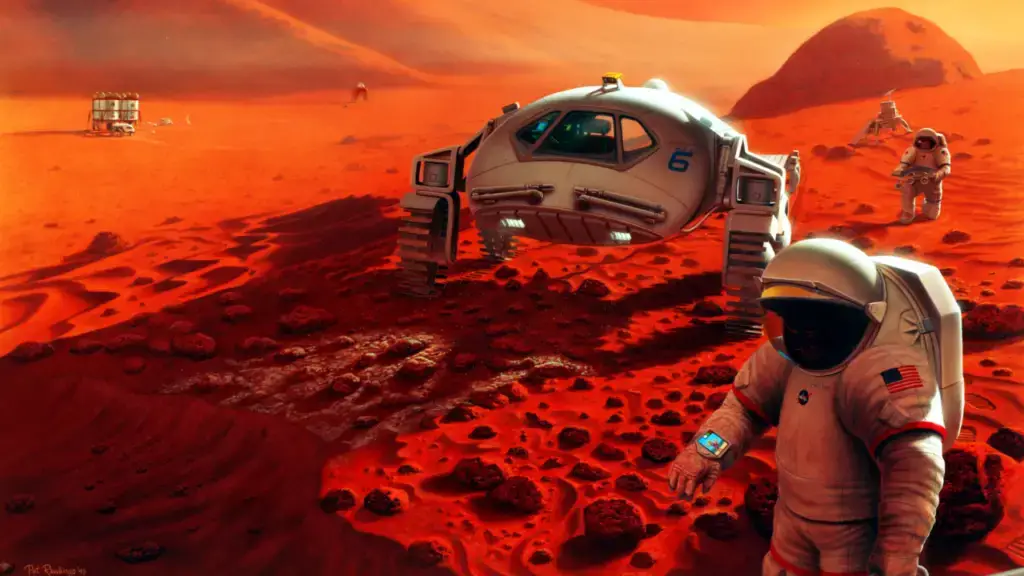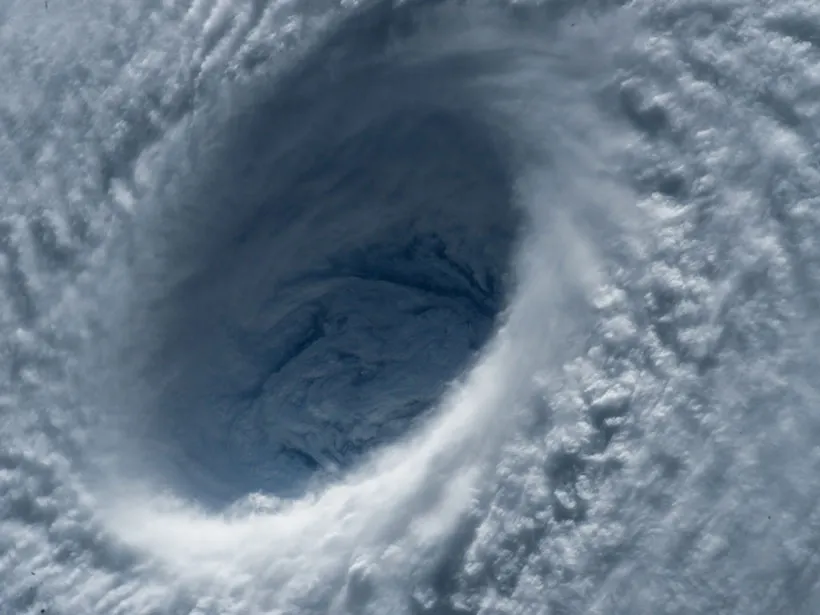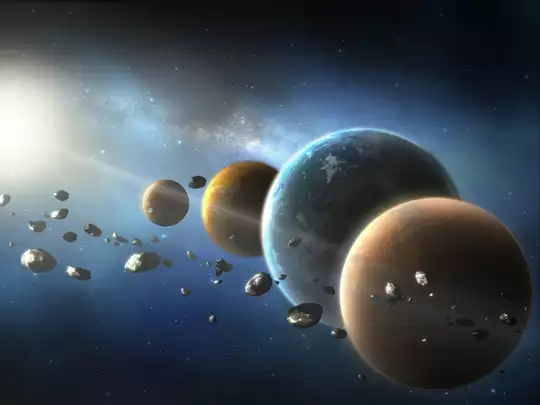NASA’s desire to reach a new space world like Mars began in the mid of 20th century. However, the American government-owned space agency has only successfully sent robotic landers, orbiters, and rovers to the red planet. Keep in mind that NASA is the only space agency that has sent humans to the Moon and returned them safely. If NASA could reach the moon in the 20th century, the space agency will likely send humans to Mars someday. But when will NASA send humans to mars?
This article will explain NASA’s plan to colonize Mars and safely sustain humans on the red planet.
When Will NASA Send Humans To Mars?
Sending humans to a hostile planet like Mars is already achievable with our recent space technologies. However, NASA and other space agencies are still preparing how to sustain astronauts on the red planet before commencing this historic space mission.
NASA intended to prepare a soft landing ground for the first Martian explorers. Unlike Earth, Mars is uninhabitable to sustain life. To understand the harsh conditions of Mars, NASA has sent five rovers to study the red planet.
These rovers include Sojourner, Spirit and Opportunity, Curiosity, and Perseverance. The data returned from these rovers inspired NASA to conclude on sending humans to Mars before 2040.
“Our goal is to apply what we’ve learned living and operating on the moon and continue then out into the solar system. Our plan is for humans to walk on Mars by 2040,” agency administrator Bill Nelson revealed during his live-streamed State of NASA on March 28th, 2022. This announcement has redefined NASA’s intention to send humans to Mars.
Keep in mind that the agency initially planned to send humans to the red planet in 2030. However, this plan was adjusted to ensure that the first Martian astronauts enjoyed a soft landing during the manned mission to Mars.
NASA has already recruited interested Martian explorers and will commence their intensive training in the fall of 2022. We hope to see NASA succeed in sending humans to Mars before the mid of 21st century.
Mission To Mars: How NASA Began To Prepare For This Mission
National Aeronautics and Space Administration (NASA) is one of several space agencies making plans to put humans on the red planet. The space agency has relied on innovation and designing advanced technologies to reach a new space world.
Since it succeeded in sending the first humans to the moon in 1969, the whole world has been looking up to when NASA will send the first batch of Martian Astronauts to Mars.
Before the moon landing mission, NASA has already developed a unique plan to reach Mars. The agency saw the need to study the red planet before sending humans to explore it. On November 5th, 1964, NASA officially sent Mariner 3 to study the red planet.
However, Mariner 3 Spacecraft failed to reach mars. The unsuccessful first attempt inspired NASA to send Mariner 4 on November 28, 1964. Keep in mind that Mariner 4 was sent three weeks after the launch of Mariner 3.
Successful NASA Mars Mission
On July 14, 1965, Mariner 4 made a successful flyby across the red planet, making it the first manmade object to reach Mars. During this flyby mission, the spacecraft took close-up photographs of Mars.
Keep in mind that astronomers have previously relied on studying the red planet using their telescopes. However, these photographs captured by Mariner 4 made everyone excited to learn more about Mars.
After this success attained by NASA, the space agency became more interested in studying the red planet. This interest inspired NASA to send more landers and orbiters that successfully reached Mars. Their most recent mission to the red planet was the Mars 2020 mission.
This mission was organized as part of NASA’s Mars Exploration Program. Unlike other NASA Missions to Mars, the Mars 2020 space program include the rover Perseverance, coaxial helicopter Ingenuity, Mars Oxygen In-Situ Resource Utilization Experiment (MOXIE), and the small robotic.
The Perseverance Rover was launched on July 20th, 2020, and landed on Mars on February 18th, 2021. Currently, the Perseverance Rover is exploring Mars and returning updated information to NASA. The space agency uses this information to prepare for its manned mission to Mars.
Can Humans Live On Mars? Here’s How NASA Plans To Sustain Humans On Mars
Astronauts cannot survive on Mars if NASA fails to provide them with sophisticated technologies to keep them alive. Mars does not have a symbol of sustaining life. So if first NASA’s astronauts will survive on Mars, the space agency must figure out how to provide them with water, food, oxygen, and shelter.
Aside from these basic needs, the space agency has to take care of their mental health, protection from the hostile Martian environment, and more. NASA clearly understands the dangers of sending humans to Mars. NASA has dedicated its time to do the research that will guarantee the success of this mission to prepare ahead for a manned mission to Mars.
NASA intends to use technology to sustain astronauts in the hostile environment of Mars. Keep in mind that reaching Mars at its closest window takes up to seven or eight months. Hence, if the first NASA astronauts run out of basic needs like food or water, the space agency may find it challenging to resupply these basic needs.
NASA intends to sustain astronauts with food, water, and oxygen on Mars, deploying the following technologies.
1. Growing Foods On Mars
NASA has begun growing food on the ISS to ensure all hope is lost. The space agency uses the Advanced Plant Habitat (APH) to grow veggies in space. The APH is designed as a growth chamber for astronauts to use for plant research in space.
But how does the advanced plant Habitat work in space? The APH operation was based on the usage of LED lights and a porous clay substrate. The technology has controlled-release fertilizer that aids in delivering oxygen, water, and nutrients to the plant roots.
Astronauts have conducted a series of experiments on this technology. These experiments show that the first martian astronauts will enjoy fresh food on the red planet. When NASA commences with its plan to explore the red planet, they will deploy this technology to provide abundant fresh foods for the astronauts.
Aside from deploying existing space technologies to grow food in space, the first martian astronauts can use other high-tech soil-free methods like hydroponics and aeroponics to grow their foods on Mars.

2. Water
Water plays a vital role in human survival on earth and deep space. If astronauts are going to survive on Mars, they surely need to figure out how to extract water from the hostile environment on Mars. Keep in mind that water exists on Mars in the form of ICE.
However, the ice on Mars is slightly different from the earth’s ice. On earth, ice exists as a frozen state of two hydrogen atoms and one oxygen atom, which is normal water. But the ice on Mars exists as a combination of water ice and CO2 ice.
It is actually cold on Mars that this ice has to remain frozen, waiting for humans to extract it for good. Keep in mind that water exists in the atmosphere of Mars as water vapor. However, this water vapor exists in a small amount. Martian rocks also house water inside of them.
So the first martian astronauts may consider the best ways to extract water from the red planet using their sophisticated technology. After extracting water on Mars, astronauts will keep recycling used water to avoid waste.
3. Oxygen
During the perseverance mission to Mars, the robotic spacecraft traveled to the red planet with Mars Oxygen In-Situ Resource Utilization Experiment (MOXIE).This device functions by obtaining a small amount of oxygen from the Martian atmosphere and running the oxygen through an electrical current.

Remember that the martian atmosphere contains 96% carbon dioxide and 4% other natural gases, including oxygen. Hence, the MOXIE device has to work extra hard to extract enough oxygen required for its task. On April 20th, 2021, NASA put the MOXIE to action, and the outcome of this testing was fascinating.
The device enabled NASA to create oxygen for the first time in the Martian environment. The result has enlightened NASA on how to provide abundant oxygen for our astronauts on the red planet. NASA will likely put MOXIE to another test to improve its knowledge on providing oxygen for the first Martian astronauts.
Conclusion
Since NASA succeeded in reaching the moon in the 20th century, the space agency is willing to go the extra mile to send humans to Mars. NASA is currently preparing for a moon landing mission named Artemis in early 2025.
After the agency successfully returns humans to the moon, it will channel its focus on sending astronauts to Mars. No matter the situation, NASA will surely reach Mars before the middle of this century. Do you believe that NASA will succeed in sending humans to Mars someday in the future?





